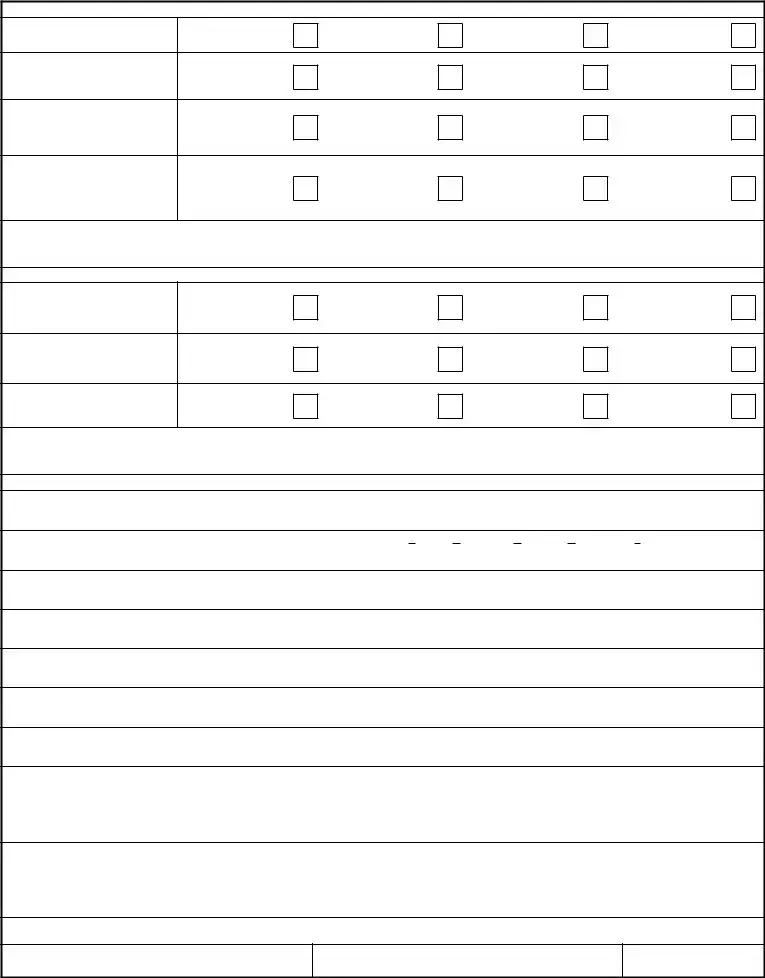Filling out the AF 931 form, also known as the Airman Comprehensive Assessment (ACA) Worksheet, requires attention to detail and accuracy. One common mistake is failing to include complete personal information. Properly listing the name, rank, and unit of the airman is crucial for identification. Omitting or misspelling this information can lead to confusion and delays in processing the assessment.
Another frequent error is neglecting to choose the correct type of assessment. The form requires one of several options to be selected: Initial, Mid-Term, Follow-Up, Ratee Requested, or Rater Directed. Selecting the wrong assessment type can affect the evaluation process. This mistake may result from a lack of understanding of the assessment phases, making it essential for airmen to familiarize themselves with their responsibilities.
Many individuals also struggle when completing the self-assessment section, particularly when interpreting the rating scale. The form employs a straightforward “Y” for yes and “N” for no, but misreading the instructions can lead to incorrect ratings. This is pivotal because the self-assessment contributes significantly to performance reviews.
In the area of accountability, airmen sometimes fail to reflect adequately on their understanding of the Air Force Core Values and standards. Demonstrating a grasp of these principles is not only critical for personal assessment but also for instilling those values within their teams. Insufficient responses can undermine the overall purpose of the form.
Another mistake is related to the comments section. When providing feedback or insight on performance, it is vital to include relevant examples. Vague or general statements fail to capture the essence of the airman's contributions. Specificity enhances clarity and communicates the airman’s role effectively.
Completing the “Individual Readiness Index” can lead to confusion as well. If it is not filled out correctly after consulting the Unit Deployment Manager, the result may misrepresent the airman’s deployability status. Accurate reporting in this section is critical to ensure operational readiness.
Furthermore, some airmen overlook the importance of the follow-up discussions in Section IX. Skipping this step can miss an opportunity for constructive feedback from raters. Open communication drives improvement, and taking the time to engage in this dialogue is essential.
Lastly, not signing or dating the form can seem like a minor error, but it could have significant consequences. The raters and ratees must provide their signatures and dates to validate the contents of the assessment. Neglecting this simple yet essential step could render the form incomplete and useless for its intended purpose.



